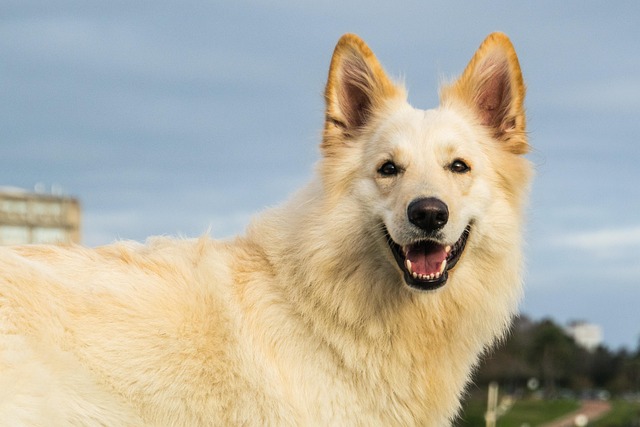
How do i train my dog to be obedient?
Watching your dog dart across the park ignoring your calls isn’t just frustrating—it can put them at risk near busy streets or public spaces.
If you’ve ever watched a dog trainer work magic—getting a hyper pup to sit calmly or a shy rescue to walk confidently—you might’ve wondered: What’s in those little treats they’re using? New dog owners, like my friend who’s trying to teach her border collie, Mia, to stop jumping, often stock up on store-bought biscuits, only to find their dog loses interest. But professional trainers know the secret isn’t just any treat—it’s the right treat: something tiny, tasty, and tailored to the dog’s preferences. Last month, Mia’s trainer switched from generic treats to freeze-dried chicken, and suddenly, she was hanging on every command.
Professional trainers choose treats based on three key rules: high value, small size, and quick consumption. High value means the treat is so delicious the dog forgets everything else—think real meat, cheese, or fish. Freeze-dried liver or chicken bits are popular because they’re lightweight, easy to carry, and packed with flavor. Small size matters because you don’t want training sessions to turn into meals; a treat should be no bigger than your thumbnail, so you can reward often without overfeeding. Quick consumption keeps the training flowing—no waiting for a dog to chew a hard biscuit. Trainers call this “rate of reinforcement”: the more often you reward good behavior, the faster the dog learns. My neighbor’s trainer uses string cheese cut into pea-sized pieces for her golden retriever, who once ignored treats but now lights up at the sight of that cheese.

To pick the best treats for your dog, start by testing different flavors. Some dogs go crazy for hot dogs (cut into tiny pieces), others prefer blueberries or plain yogurt drops (great for sensitive stomachs). For training in distracting places—like busy parks—step up to “super high-value” treats, like freeze-dried salmon or cooked bacon. Keep treats in a sealed bag or pouch to keep them fresh, and always have a backup in case your dog gets bored. In apartments, avoid messy treats like peanut butter (which can stick to floors) or smelly fish (which might bother neighbors). Instead, opt for crunchy training biscuits or freeze-dried turkey. Remember, treats should be part of positive reinforcement—never use them to bribe, but to celebrate when your dog does something right.
Using treats ties into responsible dog ownership. Keep your dog’s rabies vaccine current—all U.S. states require it, and training sessions are a good time to check their tags and health. When walking, carry treats and poop bags (fines for littering hit $150 in many cities); reward your dog for “heel” or “leave it” to make walks more polite. Never punish a dog for not taking a treat—they might be full or distracted. Instead, try a different flavor or take a break. With the right treats and patience, training becomes a fun game, not a chore—and that’s when the real learning happens.

Watching your dog dart across the park ignoring your calls isn’t just frustrating—it can put them at risk near busy streets or public spaces.

New puppy owners often find themselves rushing to clean up accidents before they set in, and that’s where puppy pad training becomes a game-changer.

If you've noticed your dog's waistline disappearing and your veterinarian has mentioned those few extra pounds, your first instinct might be to simply reduce the amount of food in their bowl.

Training a dog to use a designated spot indoors isn’t as daunting as many new owners fear, but it does take consistency and an understanding of your pet’s needs.

That moment of dread on a walk is all too familiar for many new dog owners. You see another dog approaching down the sidewalk of your neighborhood

If the sight of another dog on your neighborhood walk makes your heart sink as your own dog erupts into a frenzy of barking and lunging, you're not alone.